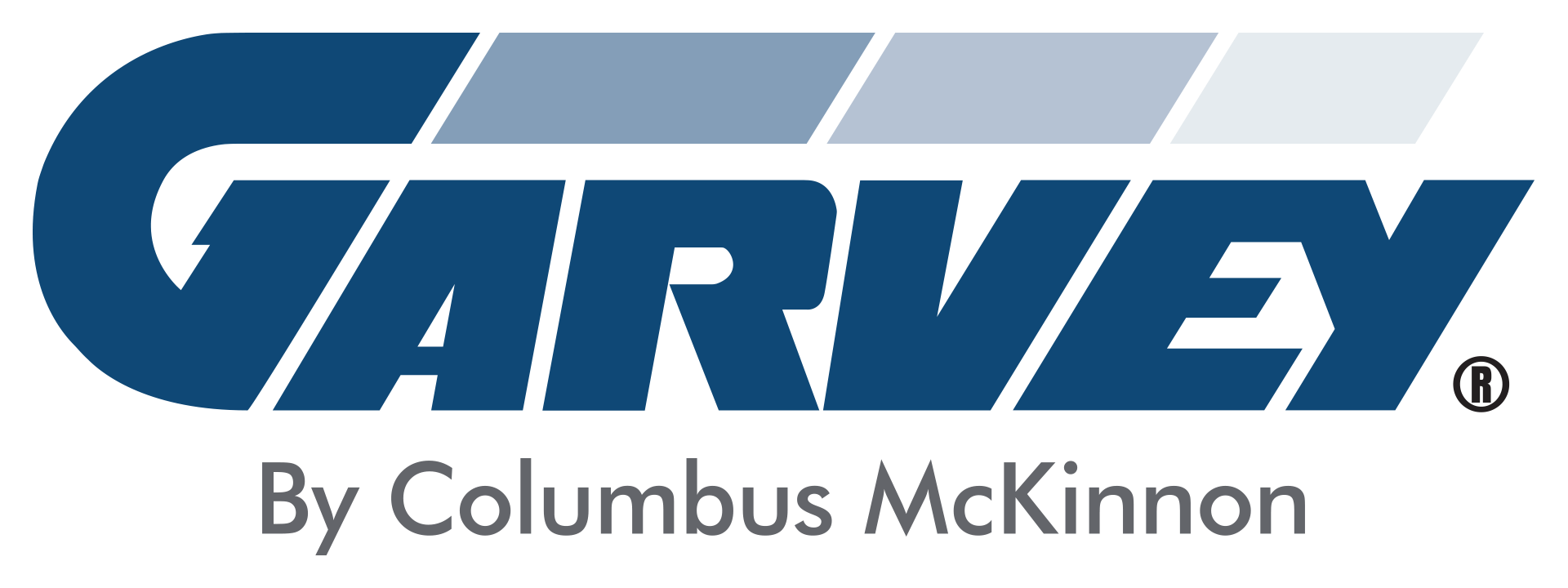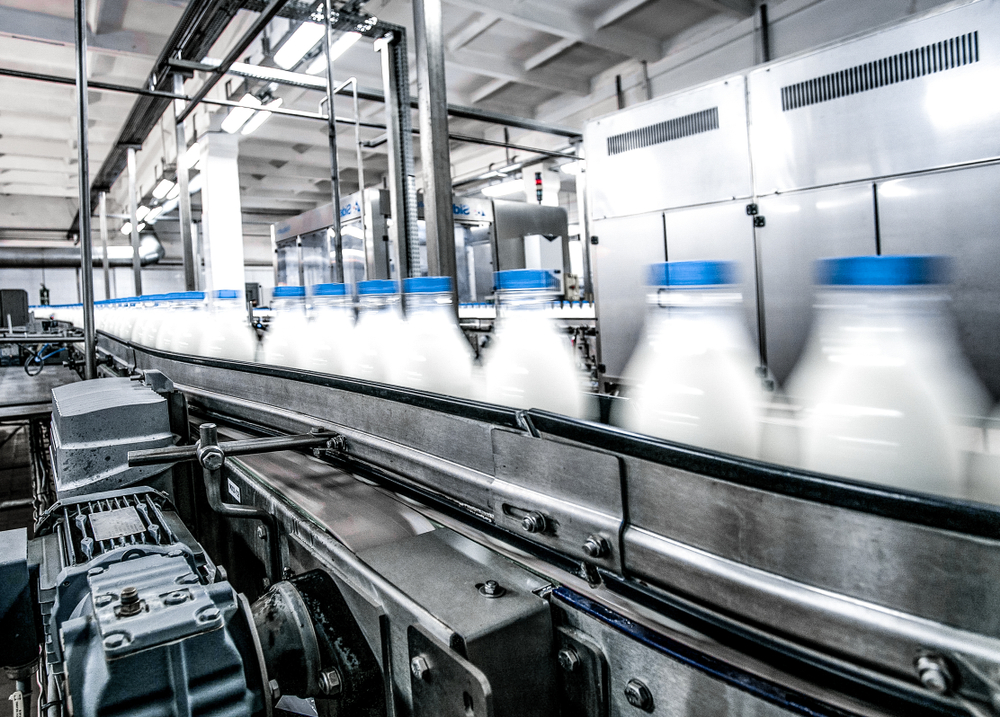Garvey is known for having durable accumulators and parts that stand up to even the most complex applications. As such, industrial equipment suppliers will sometimes have used Garvey accumulation systems available for purchase. This typically happens when a manufacturer outgrows their current Garvey table and upgrades. A supplier may also refurbish a damaged accumulator to give it a second life.
Purchasing a used or refurbished Garvey accumulator in the right situation can provide significant value, especially if the purchaser is growing their business into high-speed automation. But, buying used or refurbished equipment does have some risks and may not be as cost-effective as one may think.
We will explain these risks and challenges and describe how our process works for retrofitting used equipment for new applications in a facility.
What drives the need for used or refurbished equipment?
Accumulation tables are designed to increase throughput by eliminating downtime and ensuring your constraint is constantly up and working. There are a few common reasons we see why manufacturers may opt to purchase a used or refurbished Garvey accumulator.
The first is cost. Our accumulators offer the best return on investment in the industry but are a high-ticket purchase. Purchasing a used or refurbished model will be less expensive initially than buying a new one. (We’ll explain how that can change relatively quickly below.)
The second reason is the application. Some industries working with particulates may experience more frequent equipment and part issues. While this can be offset at least somewhat with a preventative maintenance plan and cleaning program, a manufacturer may be more comfortable buying used equipment if they need to replace it. The third reason is growth. We mentioned in the introduction how a small company could be looking to add high-speed automation to their line to increase throughput and minimize manual tasks. If a company is doing this for the first time, ownership may opt to try a used solution before investing in a new accumulation system.
Why should you always contact Garvey first?
In our experience, communication with our customers is essential when adding equipment to the line, whether it’s new or used. Please contact us if you are considering purchasing a used accumulator to be retrofitted and added to your existing line. Our sales or engineering team can conduct an audit of your line and determine what equipment will be needed for the intended application. We will then create and provide you with a proposal that includes all work and costs associated with the project.
Our biggest fear is that a customer purchases a used accumulator from a third-party supplier, and it ends up costing the customer more for us to perform the retrofit on the equipment than to add a new custom accumulator to their line.
Factors that could increase the cost of your retrofit
- Parts and materials procurement
- Engineering services and design
- Product type and application
- Area location
- Onsite build and implementation
- Equipment support and downtime
There are some ways customers can reduce their total costs in a retrofit project. For example, many customers send their equipment to us, so our team can complete the retrofit in our facility. Although they pay the shipping costs, many find it much easier and less expensive than if our team traveled to their plant.
What are typically the most expensive and difficult retrofits?
Every project will vary and will have its challenges. Some of our most difficult retrofits are those where we are working with custom equipment that has been designed for one product type and trying to apply it to a new product and application.
Additionally, we have found that smaller accumulators and equipment are more manageable to retrofit than larger machines. Again, this will vary depending on various factors, but the general rule is that if it’s larger and more customized, it will be a more involved and expensive project.
On the other hand, decommissioned standard equipment that has been maintained and added to a similar line working with similar products is the best fit for a retrofit project.
What can you expect when you contact Garvey about a retrofit?
We want you to feel confident in your Garvey purchase and fully utilize our advanced engineering and capabilities. If you are thinking about buying Garvey equipment on the used market, here are some things we will want to know:
- The dimensions of your products to see if the machine would be a good fit.
- Full specs of the Garvey equipment you’re thinking about buying. We will verify if the piece of machinery will work for that product and your line.
- Pictures and video of your existing equipment and your line.
- Synopsis of your challenges and goals.
We want to see what you’re seeing and understand where you’re coming from, so we can provide the best recommendations and develop a solution that meets your needs.
From there, we will schedule a virtual or onsite consultation, determine the required work and parts, and create a custom proposal and scope of work for your project. When everything is agreed upon, we will set up a project timeline and coordinate how any machinery can be shipped back to us, if necessary.
Thinking of buying a used accumulator? Let’s chat!
We are excited you’re considering adding a Garvey machine to your line. Our machines are designed to last and optimize your production line’s throughput and efficiency. By working with us, your lead times will be shorter, and you will get more value out of your equipment. And we can advise you on any equipment purchases and retrofits you’re considering.
Contact us if you have any questions or interest in purchasing a used or new Garvey machine. You can also schedule a line analysis to identify which accumulation system would work best for your line. Together, we will devise a solution that meets your needs and budget.




